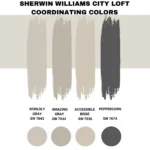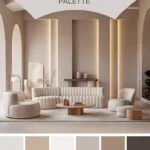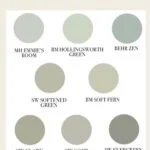Are you on the hunt for the perfect warm white paint hue to transform your space? Well, look no further!
In this comparative analysis, we’re diving deep into the world of white paints, specifically Sherwin Williams Alabaster and Pure White.
These two contenders often find themselves in the spotlight when it comes to choosing that ideal shade of white.
We’ll unravel their similarities, tease out the differences, and arm you with all the knowledge you need to make an informed decision.
So, let’s get started finding pure white versus alabaster!

Pro Grade Paint Roller Kit, Brush & Roller for Professionals & Homeowners
Perfect for smooth finishes on your interior walls. Ideal for home improvement enthusiasts!
Buy Now on AmazonMake sure to read the entire post as I’m going to reveal the easiest ways to choose among the two.
- The Allure of White Walls
- Sherwin Williams Alabaster vs Pure White: Unveiling the Similarities
- Pure White Versus Alabaster: Discerning the Differences
- Light Reflectance Value (LRV)
- RGB Color Code
- Undertones
- Choosing Between Alabaster and Pure White
- The Role of Lighting
- The Swatching Game
- FAQs
- Conclusion

The Allure of White Walls
White has long held its reign as the king of wall colors.
The allure of white walls lies in their ability to exude an aura of freshness and purity, providing a pristine canvas on which you can artfully layer a plethora of decorating color palettes.
But here’s the thing –
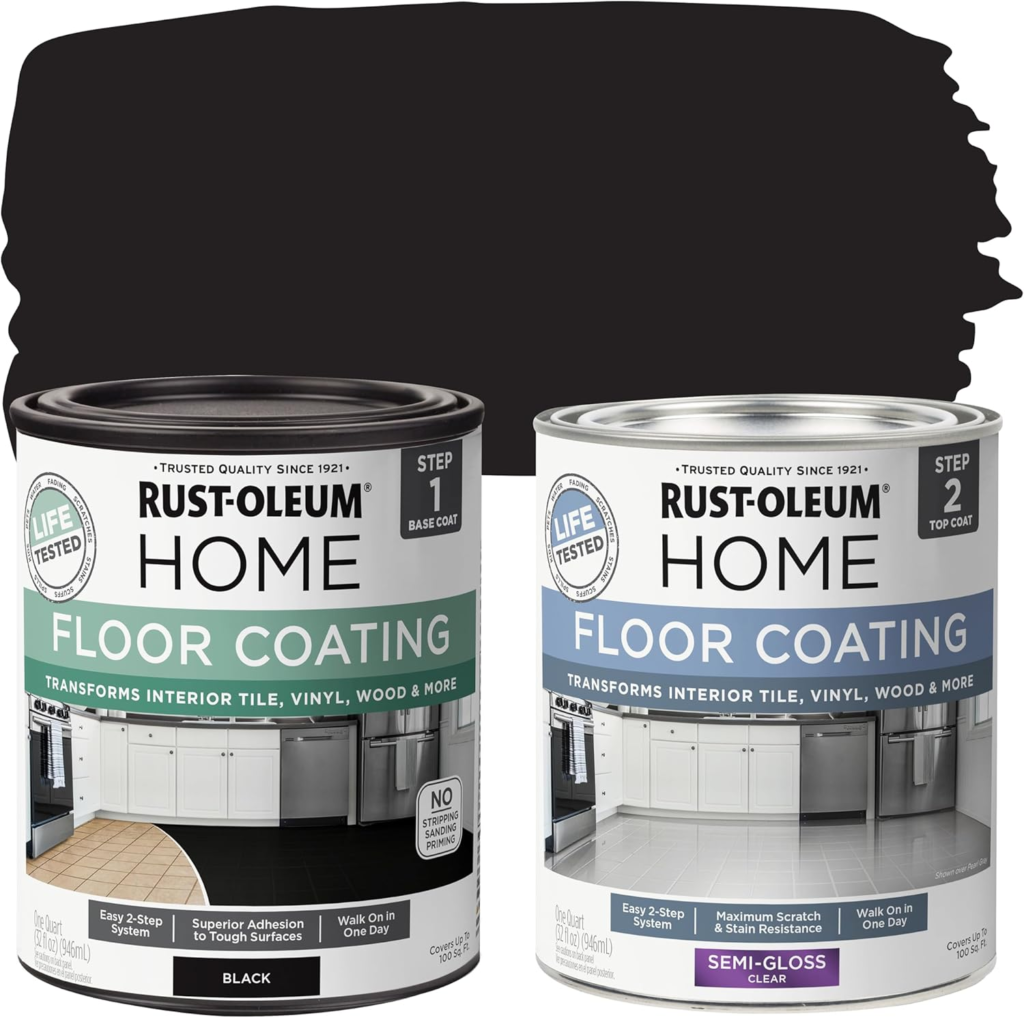
Rust-Oleum 367605 Home Interior Floor Coating Kit, Semi-Gloss Black
Ideal for updating outdated flooring at a fraction of the cost of replacement and adheres without stripping, sanding or priming.
Buy Now on AmazonThe desire for white walls often goes beyond starkness or coldness.
What many of us are really after is a gentler, subtly creamy, just-off-white shade.
And that’s precisely where Sherwin Williams Alabaster and Pure White come into play.
💡 Recommended Resource :
- Check out the Sherwin-Williams website and view their neutrals and whites.

Sherwin Williams Alabaster vs Pure White: Unveiling the Similarities
Both Alabaster and Pure White sit proudly in the upper echelons of off-white paint shades.
These two contenders radiate luminosity and brilliance that make them virtually indistinguishable from pure white when applied to your walls.
✏️ Note
- Both Sherwin Williams Alabaster & Pure White belongs to upper echelons of off-white paint colors.
Their creaminess only reveals itself when they’re set against a pure white backdrop, much like a pristine sheet of paper waiting to be filled with your creativity.
One of the key similarities between these two contenders is their soft, warm undertones.
Neither of them succumbs to the dominance of yellow or gold undertones, which is a common pitfall for many off-white shades.
Instead, they strike a delicate balance that keeps them firmly in the realm of warm, inviting whites.

Pure White Versus Alabaster: Discerning the Differences
Now, let’s dive into the nitty-gritty details and uncover the differences between Alabaster and Pure White.
Light Reflectance Value (LRV)
Light Reflectance Value, or LRV, is a critical metric for understanding a paint color’s depth or darkness.
The higher the LRV value, the lighter the shade.
According to general standards, an LRV score of 73-82 classifies a hue as off-white, while an LRV of 83 or higher deems it white.
Applying this criterion, Pure White proudly earns its title as a true white with an LRV of 84, while Alabaster comfortably resides in the off-white realm with an LRV of 82.

👍🎥 Recommended video:
RGB Color Code
To further differentiate these shades, we can look at their RGB color codes:
- Alabaster: R: 237, G: 234, B: 224
- Pure White: R: 237, G: 236, B: 230
The slight variation in the RGB values emphasizes the subtle differences between these two whites. While they might appear quite similar at first glance, it’s the nuances that count when it comes to choosing the perfect shade for your space.

Undertones
Here’s where the magic happens – in the undertones. Alabaster boasts warm, beige-toned undertones that give it a cozy and inviting feel. Picture your space wrapped in a soft embrace of creamy beige.
On the other hand, Pure White exhibits subtle yellow undertones. Mind you, these undertones are exceedingly slight. In isolation, Pure White steers clear of a glaringly yellow appearance but retains a touch of creaminess that prevents it from appearing cold or austere. It’s like adding a dollop of cream to your morning coffee – just enough to make it rich and inviting.
Choosing Between Alabaster and Pure White
So, how do you decide between Alabaster and Pure White for your space? Here’s the scoop:
The Role of Lighting
The unique lighting conditions in your room play a pivotal role in making this decision. If your space basks in abundant natural light, Alabaster might be your go-to choice. Its slightly deeper shade will manifest as pure white in well-lit conditions, all without that chilly, sterile look. It’s like having a sunbeam in a jar!
However, in dimly lit spaces, Alabaster might take on a somewhat dingy or beige appearance. That’s where Pure White swoops in as the hero of the day, maintaining its gentle creaminess even when the lights are dimmed low.
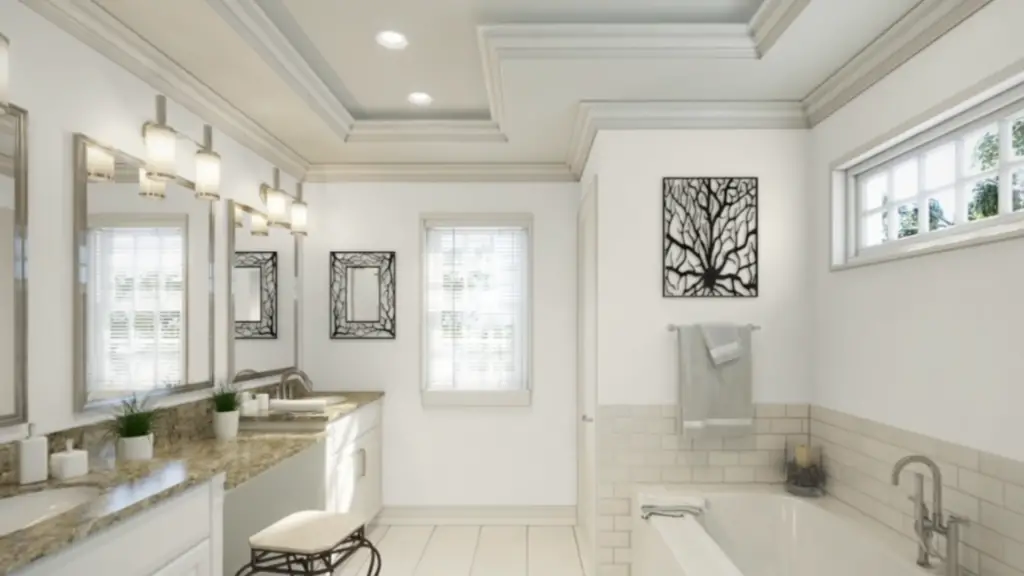
The Swatching Game
Emphasizing the significance of color swatching on your walls cannot be overstated. It’s the real-life test that reveals how these shades behave in your specific living space. So, before you commit, get some samples and give them a whirl.
For a hassle-free swatching experience, consider acquiring removable peel-and-stick paint samples. These nifty little squares allow you to experiment with different shades without making a mess. Slap ’em on your walls, live with them for a few days, and see how they make you feel. It’s like trying on shoes to find the perfect fit – you want something that looks great and feels comfortable in your space.
FAQs
Here are some frequently asked questions about Sherwin Williams Alabaster and Pure White:
Is Alabaster warmer than Pure White?
- Yes, Alabaster has warmer, beige-toned undertones compared to the subtle yellow undertones of Pure White.
Which shade is better for well-lit rooms?
- Alabaster works well in well-lit spaces, as its slightly deeper shade appears as pure white in ample light.
Can I use these shades in a contemporary design?
- Absolutely! Both Alabaster and Pure White are versatile and can complement contemporary design aesthetics.
Do these paints work in small spaces?
- Yes, they can work in smaller spaces, but you might want to lean towards Pure White for a brighter and airier feel.
Is alabaster yellow?
No, Alabaster is typically a white or off-white color. It is a term often used to describe a pale, translucent, or whitish variety of gypsum, which is a mineral. While alabaster itself is not yellow, the term “alabaster yellow” might be used to describe a shade of yellow that is reminiscent of the pale and soft appearance of alabaster.
Conclusion
In summary, Sherwin Williams Alabaster and Pure White, while subtly distinct, offer enchanting possibilities for your living spaces. The choice between them ultimately hinges on the unique lighting conditions and ambiance of your room. So, go ahead, pick your favorite, and embark on a painting journey that will transform your space into a haven of warmth and style.
Happy painting!
















